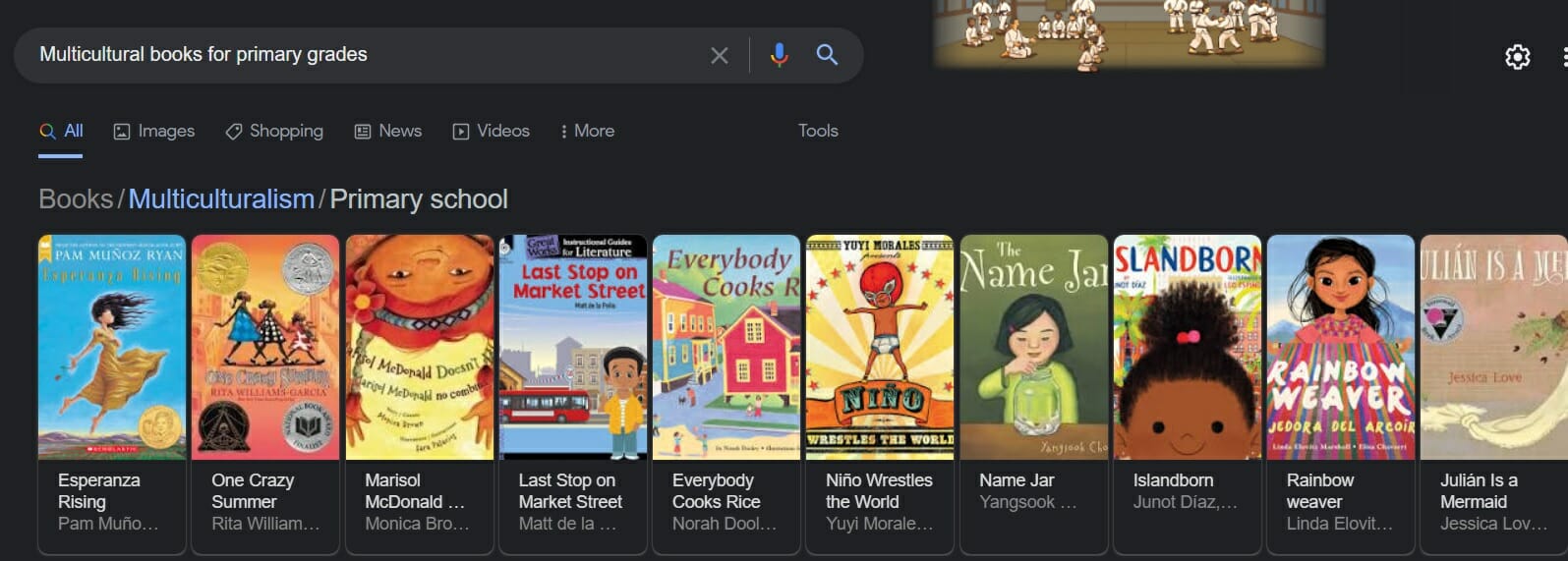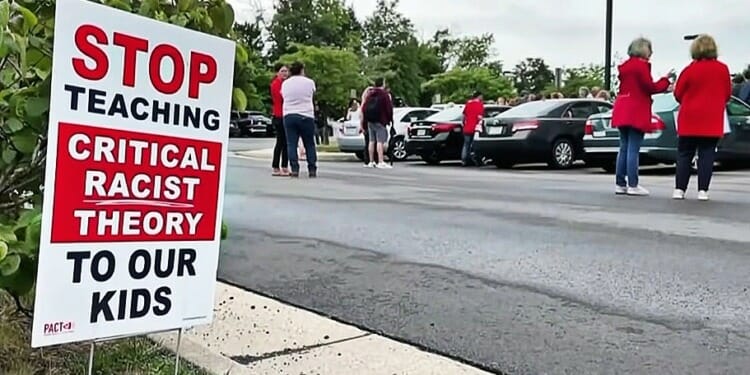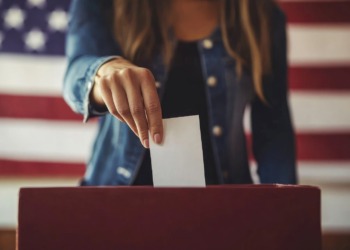All over America, ordinarily placid School Board meetings are being stormed by furious parents, determined to protect their children from the truths of American history. Right-wing conspiracy groups have somehow persuaded them that something they call CRT – Critical Race Theory – is being promulgated in every classroom.
My first exposure to White Supremacist protests came the year that Barack Obama was elected the first African American President of the United States. It was on a lovely September day in 2009, on a trip to Washington DC. I was meeting a dear old friend from Richmond at the National Gallery of Art for a visit to the Judith Leyster exhibition.
As I approached the gallery I spotted her waving excitedly.
“We can’t go in yet,” she said, “you have to see what is going on in the Mall. There are all of these people: they’ve got it all wrong. We need to talk to them.”
Sure enough, we rounded the corner of the Gallery to angry shouts of “Don’t Tread on Me,” “Get Government off my Back,” “Obama Wasn’t Born Here,” and posters that read “Bury Obamacare with Kennedy!” The Mall was jammed with people – later the news reported a count of 70,000 – their raucous shouts tinged with malice that would become all too familiar during the next decade.
My ordinarily reserved New England friend, raised, like me, with rigorous standards of fairness, pulled at my sleeve: “There’s a group we can talk to.” She pointed out some mothers pushing strollers, from which toddlers waved little posters begging “Don’t Kill My Grandma.”
“We are grandmas,” said my friend, “and we are really pleased that the Affordable Care Act will extend Medicaid to more people.”
“There are no death panels in the Affordable Care Act,” I added, but the mother just stared at us with glazed-over eyes before pivoting her pushcart and stalking away.
Critical Race Theory (CRT) and white backlash
What we witnessed that autumn day on the Mall was the rise of the Tea Party Movement, an anti-tax, anti-government, hyper-individualist mélange of White populist Libertarians, the folks Trump fired up with xenophobia and racism to elect him in 2016.
My friend and I, on the other hand, were inspired by what Barack Obama termed “the audacity of hope” that his presidency would bring racial justice and inclusion to our country. Derrick Bell, a long-time African-American civil rights lawyer and Harvard Law Professor, saw it differently. Bell suspected that the election of an African American President would set off a tremendous backlash.
As Jelani Cobb notes in a New Yorker article, Bell considered “racism as so deeply rooted in the makeup of American society that it has been able to reassert itself after each successive wave of reform aimed at eliminating it. Racism, [Bell argued] is permanent. His ideas proved foundational to a body of thought that, in the nineteen-eighties, came to be known as critical race theory.”
In 2021, with the Tea Party Movement emboldened by Donald Trump to become a White Supremacist insurrection, Critical Race Theory has replaced Obamacare as an object of populist rage
“Around the United States,” explains Lisa Brody, writer for the Birmingham, Michigan news magazine Downtown, “opponents of what has become known by the catchphrase critical race theory are in essence trying to determine what history, and whose history, students in K-12 schools are taught. If it may be ‘divisive or disturbing,’ which history often is – forget it, in an effort to literally Whitewash it. Unpleasant history will not exist. Critical race theory has become a 2022 mid-term election platform issue of the far-right.”
“In an effort to control what is being taught to students,” Brody illustrates, “this past winter and spring, 22 state legislatures introduced bills to ban critical race theory from being taught to students in K-12 schools, with Michigan lawmakers among them. Nine states – including Idaho, Iowa, Texas, Oklahoma and Tennessee – have signed legislation into law.”
Around the country, here is a sample of the anti-CRT action taken:
- Maryland School Superintendent sets off Firestorm – reported in the New York Times (2021/10/10);
- Michigan Punishes Districts Teaching Critical Race Theory: “On May 20, 2021, state Sen. Lana Theis (R-Brighton) introduced Senate Bill 460, which would ban from Michigan K-12 curricula “the so-called ‘critical race theory’ and its derivatives, like the 1619 Project” – reported in the New York Times (2019/08/14); this would also penalize any district that teaches what they consider critical race theory with a loss of five percent of their school funding. (see Lisa Brody’s comment above);
- History of White Supremacism banned from Wisconsin curricula – reported by the Truthout Organization (2021/10/01);
- Cultural Competence Action Plan sets off a backlash that’s consumed Southlake, Texas fueled by a growing national crusade again critical race theory, giving rise to The Southlake Podcasts – available on Google Podcasts (2021/10/04).
Truth and Reconciliation?
These White parents storming School Boards feel threatened by the facts of demography. They fear that, once they no longer constitute the American majority and therefore the (assimilationist) norm that everyone else must conform to, their history will be “cancelled” or “replaced.”
They are convinced that since we oppressed African Americans they will inevitably do the same to us. Caught in the falsity of this eye-for-an-eye, either/or paradigm, they foment in protests against broadening of curricula to include the history and culture of Native Americans, African Americans, Latinx and other peoples of color along with theirs
School textbooks, like history, are written by historical victors. “As a History teacher,” explains Bruce Janu who is an educator, historian and filmmaker, “I can tell you that our textbooks are not designed to teach history. No, let me rephrase that: our textbooks are not designed to teach our true history. Textbooks are written by companies to sell at a profit. So textbook companies are really careful about what they put into textbooks because they want to sell a whole lot of textbooks to Texas, for example. The Texas State Board of Education chooses the textbooks that will be used by every student in the state. Therefore, textbook companies make the books palatable to Texas in order to sell as many books as possible.”
Janu provides a comparison of “how the politics of American history play out in California and Texas textbooks, on subjects like race, immigration, gender, sexuality and the economy.” The books, he says, “have the same publisher. They credit the same authors. But they are customized for students in different states, and their contents sometimes diverge in ways that reflect the nation’s deepest partisan divides.”
White Americans find it too painful to acknowledge Derrick Bell’s finding that racism is woven like the tendrils of an obdurate tumor among the vital organs of our country. Even thinking about it – much less exposing our children to it – creates panic and denial.
Our anguish mirrors that of participants in the South African Truth and Reconciliation Commission whose mission was to help South Africans come “ to terms with their past on a morally accepted basis and to advance the cause of reconciliation.”
How can White and African Americans devise ways to teach a history of both northern and southern slavery, Jim Crow, employment and housing discrimination, and the wanton murders of innocent people guilty of nothing more than “driving while Black,” or “jogging while Black,” or being mentally ill/autistic/deaf while Black? Then, too, as Juan Gόmez-Quiñones puts it in Indigenous Quotient, “American Indian ancestries and heritages ought to be integral to K-12 curriculums” as well.
Even well-meaning White educators tie themselves into knots when choosing appropriate textbooks and course materials.
One mistake is to be so contrite about the injustices we have done that we overemphasize the painful aspects of life in America for our victims. In my local high school, for example, there is a White teacher who holds a Master’s in African American Culture. He devised a curriculum focused on Black crime and incarceration statistics and included accounts of living in poverty and joining gangs. When he included a video of “The Boyz in the Hood” in his syllabus, it was the Black parents who rose against him and saw to it that he no longer teaches the course.
Clearly, we need to find ways to celebrate the richly nuanced cultures from which American peoples of color draw strength and community.
Affirmative Multiculturalism
Full disclosure: I am as White (English/Dutch heritage) as you can get, but I was blessed with a wake-up call while teaching at Spelman College, a historically Black college for women in Atlanta, Georgia. In a spirit of informative helpfulness, my English department colleagues brought me books and suggested that “you might want to include these in your syllabus.”
After being assigned only White material during my entire education (Smith College, the University of Wisconsin, Columbia University) I was delighted to be introduced to traditional Slave Narratives, historical sagas about the civil war, the “tragic mulatto” novel genre, the poetry of the Harlem Renaissance, and the essays of W.E.B. Dubois.
When the 1960s were over and I moved north to spend the rest of my career as an English Professor at the University of Wisconsin-Madison, I was equipped to include the African American Literature my Spelman colleagues had brought to my attention in the literature courses that I developed.
In the late 1980s, the University mandated that, in order to graduate, every student must take one course covering a group of people suffering discrimination in America. To help us create appropriate syllabi, we attended a Ford Foundation workshop where we learned that there are right and wrong ways to include multicultural materials in courses on American History and Literature. Here are the main points I took away:
- A teacher must not simply dip into her subject: we need thorough scholarly grounding in the material. To this end, we were given $1500 grants to buy the books we needed to read and consider for our courses.
- Syllabi must “Mainstream” the new content. We were told to avoid the condescending attitude of “wagging the tail” by sticking our one Black example at the end of our syllabus, like an afterthought; nor should we “mix and stir” by plopping it in without thoughtful placement for comparative analysis. As a result, I taught Winnebago cosmological myths alongside the two creation stories in Genesis. Teachers of stand American Literature courses had Frederick Douglas dialogue with Henry David Thoreau by teaching the “Narrative of the Life of Frederick Douglas” and “Civil Disobedience” side by side.
- Teachers should avoid the “just like us!” attitude of facile inclusion, privileging Euro-American aspects as normative by praising the similarities between marginalized materials and the traditional canon.
The course I developed focused on Black and Native American Literature. It was not a (critical race theory style) analysis of American racism, but an introduction to long-neglected lodes of rich and varied writing affirming Black and Native American lives as integral to American culture. The thing about literature is that it brings students inside the heads of the characters and the poets and the essayists, engendering both insight and empathy.
My Wisconsin students were almost entirely White, but it was clear that my few Black students were empowered by their material being included. Here are the kinds of questions we discussed:
- Margaret Walker’s Jubilee is a historical novel covering Slavery, the Civil War, and Reconstruction from the African American point of view. How does Vyry (the main character) overcome the obstacles that history throws in her path?
- What qualities of character does Indigo pull up within herself to survive racism and family strife in Ntozake Shange’s Sassafras, Cypress, and Indigo?
- In her autobiography Mountain Wolf Woman, how does the author describe her first menstruation? Compare and contrast Winnebago attitudes to women to some of the Native American cultures from Paula Gunn Allen’s anthology The Sacred Hoop.
In those days, we used multiple books and printouts; in 2021, a Norton Anthology of Native Nations Poetry has just come out, and the Norton Anthology of African American Literature is in its third edition
My classrooms were always noisier than those where only professors spoke since I used an experiential pedagogy conducted on an entirely discussion basis. One day it got even more raucous than usual: in response to a passage where a character had her first period, a White student told how her mother slapped her when she began menstruating. At that, a Native American student popped up to demonstrate how she danced at her “womanhood ceremony.” The other students burst into applause and whooped right along with her.
My classes were at the college level. Though my materials and techniques could be adapted for high schoolers, what kind of multicultural pedagogy is suitable for elementary school pupils?
These days, there are plenty of multicultural books for elementary school readers, as this Google search demonstrates (click here):

For African American children, it is empowering to be assigned classroom materials about the rich cultures of their countries of origin, as provided by Our Ancestories. With Indigenous People’s Day just inaugurated to share the Columbus Day Holiday, curricula have been devised for Native American inclusion as well.
Black writers and their characters teach White children (in Joe Biden’s terminology) “What America Looks Like Now,” but these materials are equally crucial for students of color. Walter Dean Myers, writing in 2014, deplored the lack of Black characters in children’s literature: “I saw that these characters, these [Euro-centric]lives, were not mine. What I wanted, needed really, was to become an integral and valued part of the mosaic that I saw around me.”
While African American materials that are both affirmative and celebratory are being developed for younger students, middle and high schoolers can be exposed to the harsher realities of African American history while affirming African American resilience. The National Endowment for the Humanities has developed a Teacher’s Guide that it presents as follows on its website:
“Our Teacher’s Guide offers a collection of lessons and resources for K-12 social studies, literature, and arts classrooms that center around the achievements, perspectives, and experiences of African Americans across U.S. history. Below you will find materials for teaching and learning about the perspectives of slaves and free African Americans during the American Revolution, the work of the Freedman’s Bureau during and after Reconstruction, the artistry of Jacob Lawrence, the reality faced by African American soldiers returning home after fighting in WWI, the songs and efforts of the Freedom Riders during the long civil rights movements, and the works of Lorraine Hansberry, Langston Hughes, Zora Neale Hurston, and Maya Angelou.” (italics mine.)
Jason Reynolds, who is the National Advisor for Young People’s Literature, named by the Library of Congress, writes middle and high school novels that “do not ignore the facts of Black life today, while they seek to transcend White perceptions that Black literature is just about “struggles and pain.” In middle school novels like Ghost and Patina which have few White characters, Reynolds insists he is writing “to Black children” but also for all children.”
Nevertheless, his books have been caught up in the CRT backlash, which he takes as a compliment.
It is autumn here in Michigan, and last week a forest path in one of our nature centers continued across a prairie meadow. Next to the path was an explanatory sign, the writing protected by plexiglass:
“You are on the land of the Three Fires,” it read: “the Ojibwe, the Odawa, and the Potawatomi. They were one of a number of tribes speaking the Anishnabeg language and who belonged to the Anishinaabe culture, which comes from a word which means ‘the original people.’”
All across the meadow, additional texts were spaced at child height. I thought they would tell more about Native American history in the region but no, they were pages from a beautifully illustrated storybook about elders instructing Native American children about the beauty and uses of plants.
School children walking that trail amid our autumn glory learn about one of the richly varied cultures of which the United States are constituted, and can you imagine how reassuring it is for the Native American students among them to find that their own people are as cherished and valued as anyone else?
Editor’s Note: The opinions expressed here by Impakter.com columnists are their own, not those of Impakter.com – In the Featured Photo: Screenshot PBS video about critical race theory and why Americans are so divided over teaching it, aired on 25 June 2021










